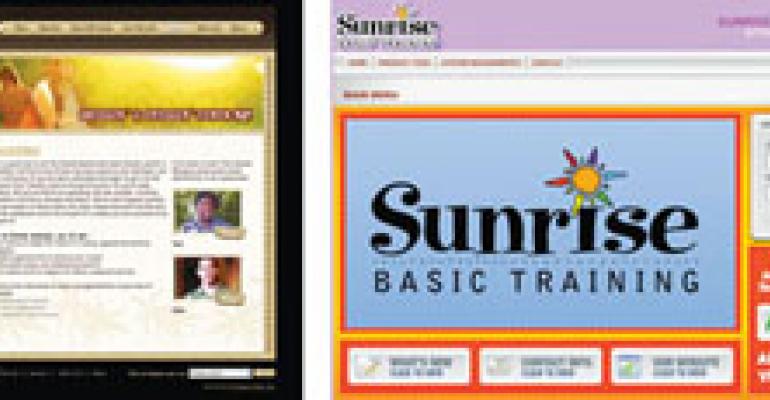Human resources-related technology can be pricey, but it can streamline the hiring process, improve productivity and even reduce turnover, experts say.
According to the National Restaurant Association’s 2009 Restaurant Industry Forecast, eating and drinking places added about 150,000 jobs in 2008. Few of those jobs were posted in daily newspapers.
“I haven’t budgeted for any kind of print ad for the last two years because most everybody is moving toward the Internet,” says Steve Silvey, director of recruiting for 58-unit Islands Restaurants. “For younger people, that’s all they know, and the more veteran managers have figured out technology is the way to go.”
Carlsbad, Calif.-based Islands implemented a talent management suite with
The company also invested in an applicant tracking system, or ATS, that helps the recruiter save time. “There’s a questionnaire about the volume where they worked, the number of employees they had,” he says. “You can prioritize who will interview first.”
T.J. Schier, president of S.M.A.R.T. Restaurant Group, an 8-unit franchisee of the Dallas-based sandwich chain Which Wich, says hiring technologies take the subjectivity out of the interview.
“If you have a good first impression, you tend to hear good things, and if you have a bad first impression you tend to hear bad things,” he says.
Claire Prager, senior manager of talent selection for The Cheesecake Factory Inc. in Calabasas Hills, Calif., says their ATS reduced the time to hire from 45 days to 14 days.
The ATS also helps the company see which recruiters and job boards provide the company with staff that tends to stay and which are sources of turnover.
Once they’re hired, workers need training. That can entail anything from crewmembers watching sandwich-making videos on their iPods to servers going online to take a learning module.
“It does help restaurants that can’t afford to hire a field trainer,” says Cheryl Armstrong, owner of Sunrise Basic Training LLC in Haslett, Mich. “Employees can train from any Internet-accessible computer.”
Some courses can improve employee morale. For example, the Professional Table Service DVD includes a section on enhanced selling, or “how to be a sales maker and not an order taker,” Armstrong says. The course might help servers earn better tips.
Training also helps morale by preventing new employees from becoming overwhelmed.
“If you give them the right tools and don’t make them feel uncomfortable, they won’t become frustrated and they won’t want to leave you,” says Greg Hammond, director of the hospitality and retail unit for Ignite Technologies in Frisco, Texas.
The technologies range in prices.
Schier has seen hiring packages that start at $50 a month and go up according to the number of job applicants. Training technology is more costly.
“I have seen e-learning cost anywhere from $1,500 a module to $25,000 a module,” he says. “That’s still more cost-effective than producing your own video.”
Silvey says posting on a large job board can cost about $175 for a single post to $8,000 or more annually for a license. A license allows the employer to search résumés on the job board, instead of posting a job ad and hoping the job seekers find it.
Prager says The Cheesecake Factory spends upward of $100,000 a year on their applicant tracking system.
Sunrise Basic Training’s DVDs start at $349 for a five-pack of five topics. Web-based learning starts at $19.99 a month, according to the company’s website.
Experts say the future will mean more technology, especially to attract Generation Y workers. Some employers are experimenting with social-networking sites such as Facebook and MySpace and having people apply though virtual-world sites like Second Life.
“It’s going to be all electronic,” Silvey says.





